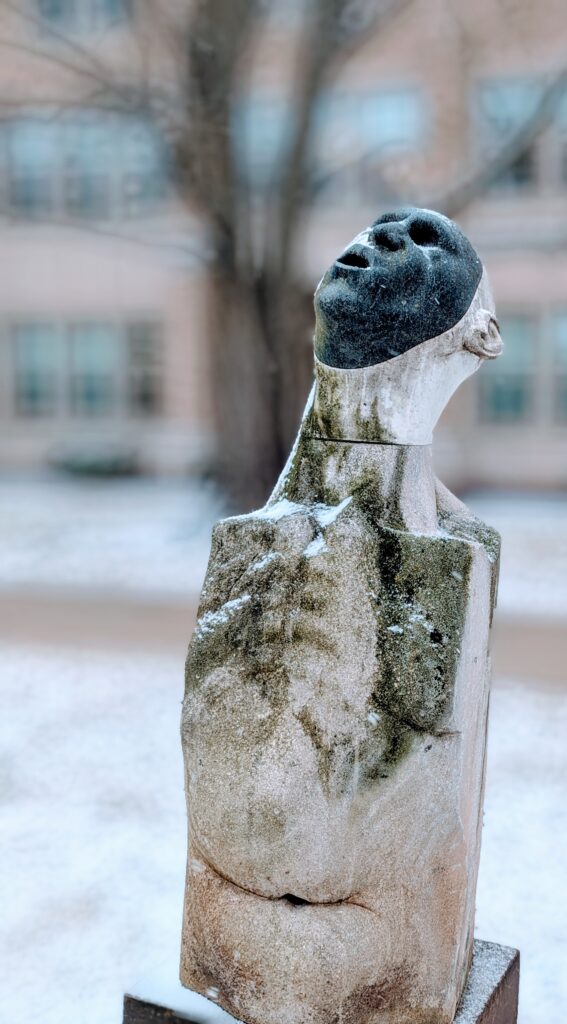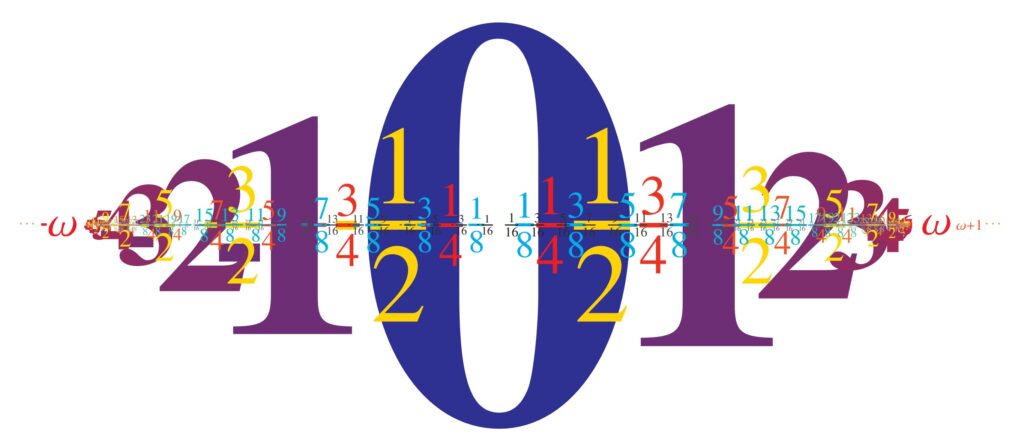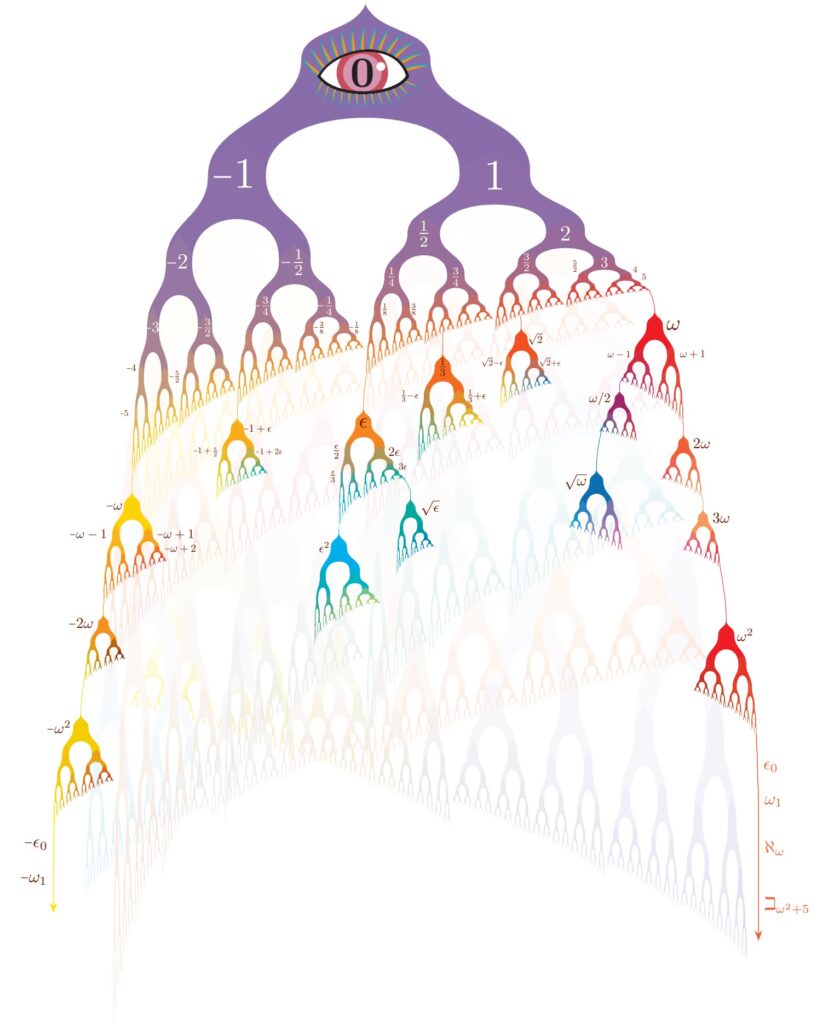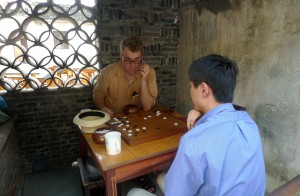This will be a talk for the Rutgers Logic Seminar on November 19, 2012.
Abstract. I will speak on my recent theorem that every countable model of set theory $M$, including every well-founded model, is isomorphic to a submodel of its own constructible universe. In other words, there is an embedding $j:M\to L^M$ that is elementary for quantifier-free assertions. The proof uses universal digraph combinatorics, including an acyclic version of the countable random digraph, which I call the countable random $\mathbb{Q}$-graded digraph, and higher analogues arising as uncountable Fraisse limits, leading to the hypnagogic digraph, a set-homogeneous, class-universal, surreal-numbers-graded acyclic class digraph, closely connected with the surreal numbers. The proof shows that $L^M$ contains a submodel that is a universal acyclic digraph of rank $\text{Ord}^M$. The method of proof also establishes that the countable models of set theory are linearly pre-ordered by embeddability: for any two countable models of set theory, one of them is isomorphic to a submodel of the other. Indeed, the bi-embeddability classes form a well-ordered chain of length $\omega_1+1$. Specifically, the countable well-founded models are ordered by embeddability in accordance with the heights of their ordinals; every shorter model embeds into every taller model; every model of set theory $M$ is universal for all countable well-founded binary relations of rank at most $\text{Ord}^M$; and every ill-founded model of set theory is universal for all countable acyclic binary relations. Finally, strengthening a classical theorem of Ressayre, the same proof method shows that if $M$ is any nonstandard model of PA, then every countable model of set theory—in particular, every model of ZFC—is isomorphic to a submodel of the hereditarily finite sets $HF^M$ of $M$. Indeed, $HF^M$ is universal for all countable acyclic binary relations.
Article | Rutgers Logic Seminar






 This will be an invited talk for the
This will be an invited talk for the  This will be a short lecture series given at the conclusion of the graduate logic class in the
This will be a short lecture series given at the conclusion of the graduate logic class in the 
